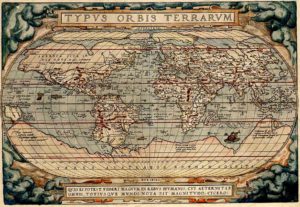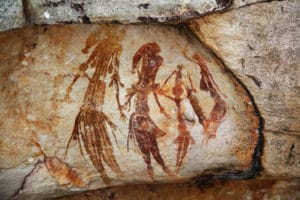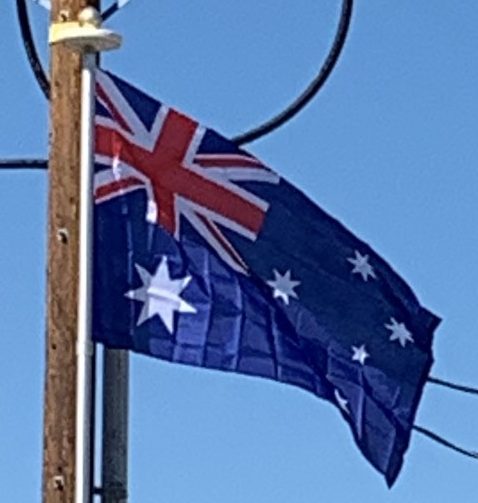
Until the early 19th century, Australia was best known as “New Holland”, a name first applied by the Dutch explorer Abel Tasman in 1644 (as Nieuw-Holland) and subsequently anglicized. Terra Australis still saw occasional usage, such as in scientific texts. The name Australia was popularized by the explorer Matthew Flinders, who said it was “more agreeable to the ear, and an assimilation to the names of the other great portions of the earth”. The first time that Australia appears to have been officially used was in April 1817, when Governor Lachlan Macquarie acknowledged the receipt of Flinders’ charts of Australia from Lord Bathurst. In December 1817, Macquarie recommended to the Colonial Office that it be formally adopted. In 1824, the Admiralty agreed that the continent should be known officially by that name. The first official published use of the new name came with the publication in 1830 of The Australia Directory by the Hydrographic Office.
Colloquial names for Australia include “Oz” and “the Land Down Under” (usually shortened to just “Down Under”). Other epithets include “the Great Southern Land”, “the Lucky Country”, “the Sunburnt Country”, and “the Wide Brown Land”. The latter two both derive from Dorothea Mackellar‘s 1908 poem “My Country“.
History:
Pre-History:
Human habitation of the Australian continent is estimated to have begun around 65,000 to 70,000 years ago, with the migration of people by land bridges and short sea-crossings from what is now Southeast Asia. These first inhabitants were the ancestors of modern Indigenous Australians. Aboriginal Australian culture is one of the oldest continual civilizations on earth.

At the time of first European contact, most Indigenous Australians were hunter-gatherers with complex economies and societies. Recent archaeological finds suggest that a population of 750,000 could have been sustained. Indigenous Australians have an oral culture with spiritual values based on reverence for the land and a belief in the Dreamtime. The Torres Strait Islanders, ethnically Melanesian, obtained their livelihood from seasonal horticulture and the resources of their reefs and seas. The northern coasts and waters of Australia were visited sporadically by Makassan fishermen from South Peninsula, Sulawesi.
European Arrival:
The first recorded European sighting of the Australian mainland, and the first recorded European landfall on the Australian continent (in 1606), are attributed to the Dutch. The first ship and crew to chart the Australian coast and meet with Aboriginal people was the Duyfken captained by Dutch navigator, Willem Janszoon. He sighted the coast of Cape York Peninsula in early 1606, and made landfall on 26 February at the Pennefather River near the modern town of Weipa on Cape York. Later that year, Spanish explorer Luís Vaz de Torres sailed through, and navigated, Torres Strait islands. The Dutch charted the whole of the western and northern coastlines and named the island continent “New Holland” during the 17th century, but made no attempt at settlement. William Dampier, an English explorer and privateer, landed on the north-west coast of New Holland in 1688 and again in 1699 on a return trip. In 1770, James Cook sailed along and mapped the east coast, which he named New South Wales and claimed for Great Britain.
